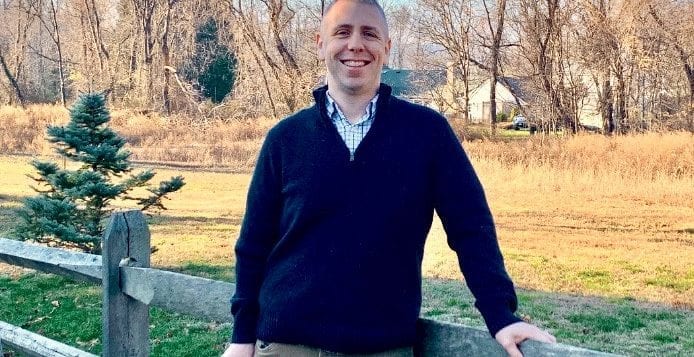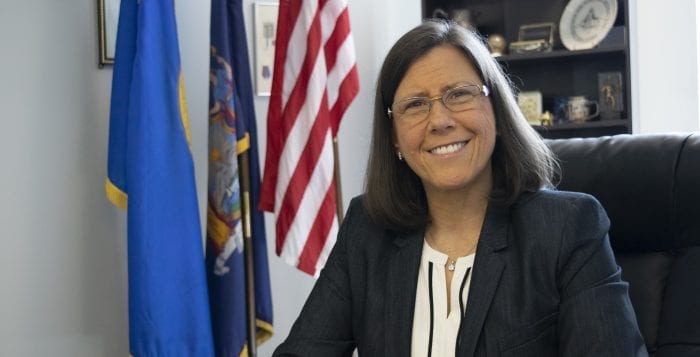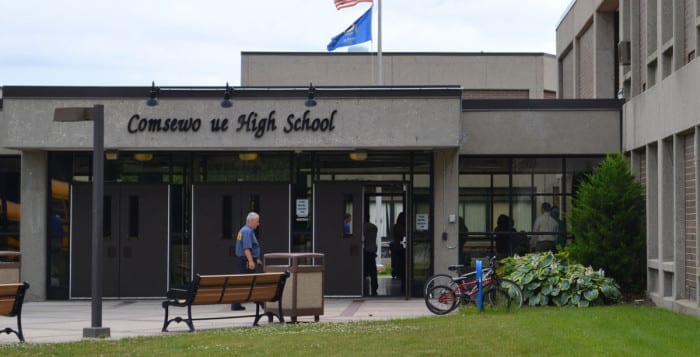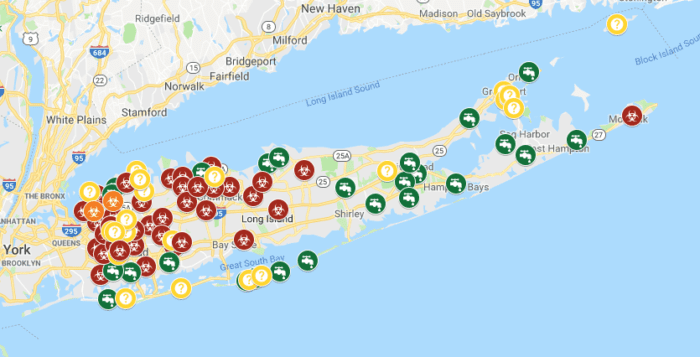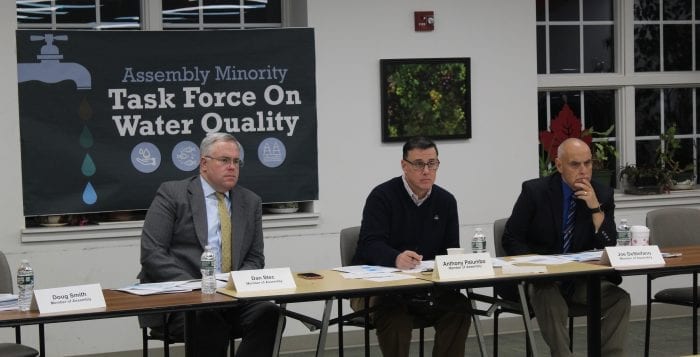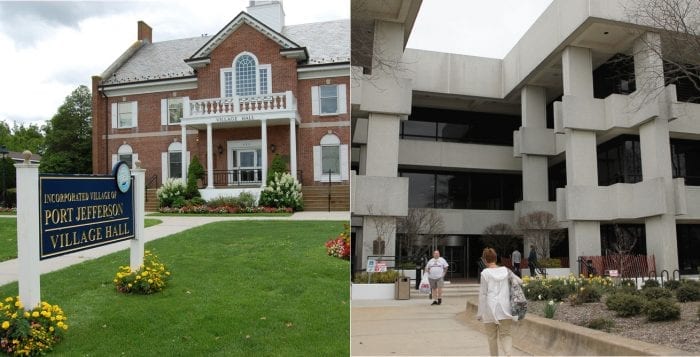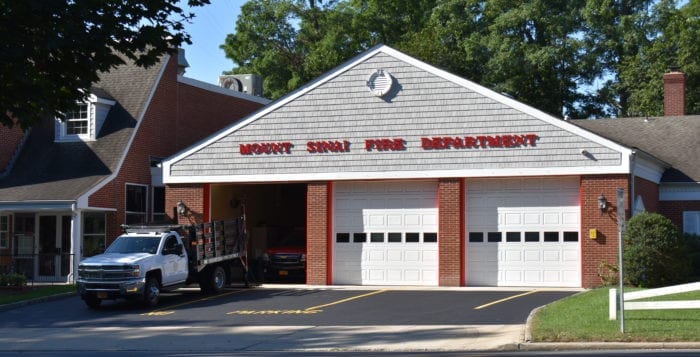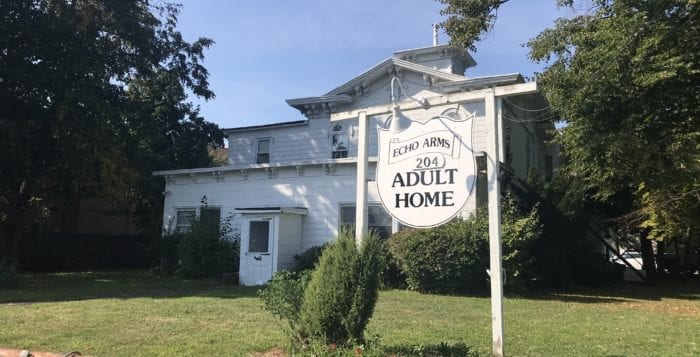William Schleisner is 36 and said that even as a senior live events coordinator for ViacomCBS, he struggles every day to make ends meet on Long Island’s North Shore. Things happen, like his cesspool that gave out on a Sunday, of course costing more on the weekend to fix. Even on his salary and with his stable job, the cost of living is simply too much for him, and many Long Islanders are leaving for greener, and cheaper pastures.
“I love New York — I don’t want to leave,” he said in a sit-down interview Monday, Jan. 6. “Me and my wife are faced with the same thing that every young couple is faced with. It’s either stay and suffer or stay and try and change things for the better.”
It’s for those reasons he said he’s running as a first-time Democratic candidate for the New York State Assembly District 2 seat against six-year incumbent Anthony Palumbo (R-New Suffolk). He said making the area more affordable doesn’t just come down to taxes but using progressive initiatives to give incentives for businesses and people to stay.
“I’m not going to sit here and tell you I’m going to lower taxes, that’s nonsense; every politician says we’re going to lower taxes, but it never matters,” he said.
Instead, he said, he supports the New York Health Act, which would provide health insurance for everyone in the state. While this would likely result in higher overall taxes, most people would see the amount they pay for hospital bills and the like decrease dramatically.
Perhaps more importantly, he said, businesses would have significantly less costs in paying for employees’ health care, which would incentivize them staying on Long Island. He related it to ViacomCBS where he works, adding it spends an incredible amount of money on employees’ health care plans.
“First off, you have a mass exodus because of high cost and lack of jobs, so the question is how to bring that back,” Schleisner said. “It would be more affordable to them overall, because even as their taxes are a little bit higher, their overall cost would decrease.”
In terms of the environment, he said not nearly enough has been done to curb the effects of greenhouse gases. He supports current solar and wind farm projects, such as two that are planned off the coast of Long Island, one off the South Shore and another 30 miles off the coast of Montauk.
While those projects have come under opposition from some groups, such as local fishermen, Schleisner said he would look to sit down with those groups to help form some compromise but stressed the need for such projects.
“A solar farm is better than not having an island, or not having a planet,” he said.
The Sound Beach resident said if elected, he would also propose legislation that would require all new buildings be made with sustainable energy, either with solar panels or some kind of wind turbine.
Schleisner has lived in Sound Beach for the past five years, having lived in other parts of Long Island at various points in his life. He has two children in the Miller Place School District, one a 7-year-old and the other 4 years of age. He first became involved in elections as someone who knocked on doors for previous candidates such as Perry Gershon. He was also the treasurer for Sarah Deonarine’s campaign when she ran against Brookhaven Councilwoman Jane Bonner (R-Rocky Point) in 2019.
In addition, he supports universal prekindergarten for all families. The best means of giving pre-K for those who can’t afford it, he said, is through vouchers and scholarships for either public or private programs that would not be an unfunded mandate on school districts.
Palumbo has won with overwhelming percentages in the last three elections, but Schleisner said he plans to canvass the whole of the district, which encompasses most of the North Fork and the North Shore up to Mount Sinai and as far south as Manorville. As a father of two who works full time, he said it’s going to be a challenge, but said the results would be worth it, likening it to Alexandria Ocasio-Cortez’ victory against her staple opponent in Queens back in 2017.
He is also going to be running in what is likely to be one of the most contentious years for a campaign, possibly even more so than 2016. He knows it will be hard to break through the miasma of the national stage and its election but added he will not change his stance on his more progressive policies.
“In the end, you have to believe what you’re saying,” he said. “In the end, I’m not going to move off what I believe in.”

